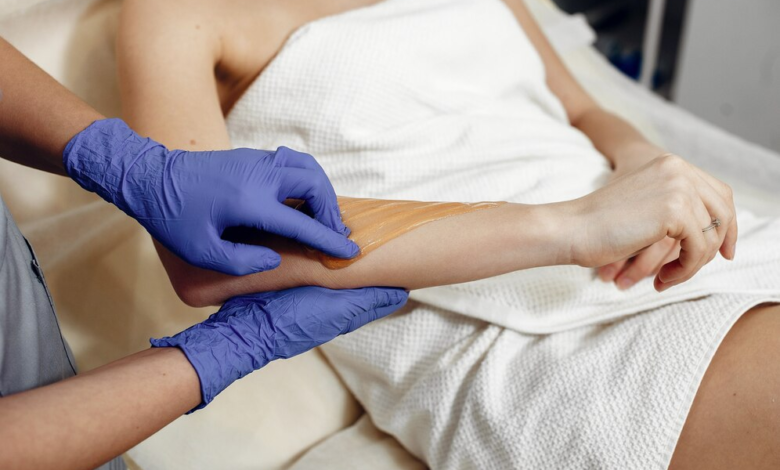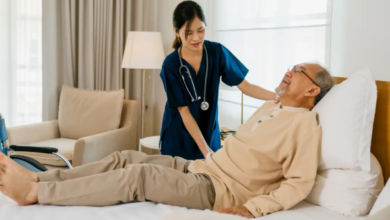How Spider Veins Impact Overall Circulatory Wellness

Spider veins, medically known as telangiectasias, are small, dilated blood vessels that appear near the surface of the skin. Typically presenting as red, blue, or purple web-like patterns, they are most commonly found on the legs and face. While often considered a cosmetic concern, spider veins can also provide important insight into the state of an individual’s circulatory health. Understanding their impact on overall circulatory wellness is essential for both patients and healthcare providers in promoting vascular health and preventing potential complications.
Understanding the Formation of Spider Veins
Spider veins develop when tiny valves within the veins fail to function properly, causing blood to pool and veins to enlarge. This valve incompetence leads to increased venous pressure, resulting in visible, superficial veins that create the characteristic spider web or branching patterns on the skin. The underlying cause often relates to chronic venous insufficiency (CVI), a condition where the veins struggle to return blood efficiently to the heart.
Although spider veins are primarily a surface-level manifestation, their presence often signals deeper circulatory issues. Contributing factors such as genetics, prolonged standing, obesity, pregnancy, and hormonal changes can exacerbate the condition. Recognizing these veins early can help address the root cause of circulatory dysfunction and promote better vascular health.
The Relationship Between Spider Veins and Circulatory Health
Spider veins themselves rarely cause serious health problems, but they can be symptomatic of underlying venous insufficiency. The impaired blood flow that leads to spider veins may also cause other symptoms like swelling, heaviness, and fatigue in the legs. These symptoms suggest that the circulatory system is not functioning optimally, and if left untreated, it may progress to more serious conditions such as varicose veins, skin ulcers, or deep vein thrombosis.
From a circulatory wellness perspective, the appearance of spider veins indicates that the venous system’s ability to efficiently pump blood back to the heart is compromised. This inefficiency can place increased strain on the cardiovascular system, potentially leading to systemic effects beyond the localized veins. Therefore, spider veins should not be dismissed solely as a cosmetic issue but rather considered a potential marker for overall vascular health.
Read also: How Cash Flow Management Software Improves Financial Health
Impact on Quality of Life and Preventative Measures
While spider veins may not be life-threatening, they can significantly impact a person’s quality of life due to discomfort, pain, and self-consciousness about their appearance. Individuals suffering from spider veins often experience a sensation of aching or burning in affected areas, especially after prolonged periods of standing or sitting.
Preventative strategies aimed at maintaining circulatory wellness include lifestyle modifications such as regular physical activity, maintaining a healthy weight, and avoiding prolonged immobility. Wearing compression stockings can also improve venous return and alleviate symptoms associated with venous insufficiency. For individuals with persistent or worsening spider veins, medical evaluation is important to assess the extent of venous dysfunction and explore treatment options.
Medical Treatments and Circulatory Benefits
Advances in vascular medicine have expanded treatment options for spider veins, contributing to both aesthetic improvement and enhanced circulatory function. Procedures such as sclerotherapy, laser therapy, and radiofrequency ablation target the damaged veins, causing them to collapse and eventually fade. These interventions not only improve the visible appearance of spider veins but also reduce venous pressure and improve overall blood flow in the affected areas.
Addressing spider veins through medical intervention can help prevent progression to more severe venous disorders and promote healthier circulation. Post-treatment, patients often experience relief from symptoms like leg heaviness and swelling, underscoring the connection between vein health and systemic circulatory wellness.
Conclusion
Spider veins, though often regarded as a cosmetic concern, hold significant implications for overall circulatory wellness. Their presence serves as an indicator of venous insufficiency and underlying vascular dysfunction, highlighting the importance of early recognition and management. By understanding how spider veins affect circulation, individuals can take proactive steps through lifestyle changes and medical treatments to improve vascular health and prevent complications. Prioritizing circulatory wellness not only enhances physical comfort but also supports long-term cardiovascular health.




